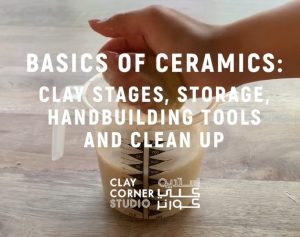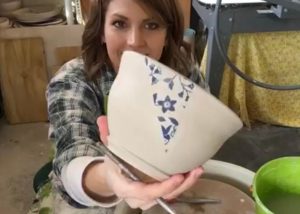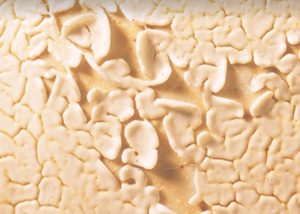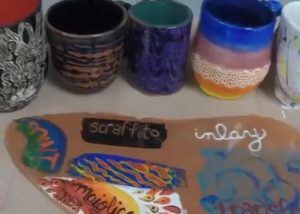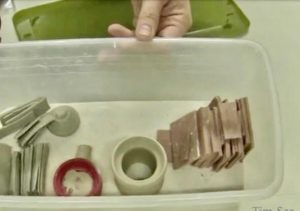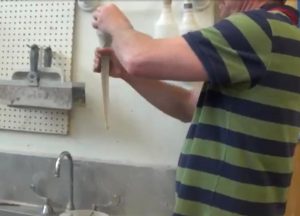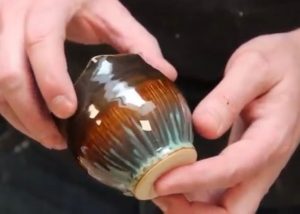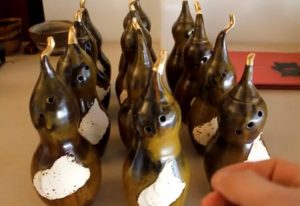After your lessons
Once you’ve completed a Beginners class you most likely will sign up to be a member as you realise you LOVE working with clay!
- Complete the online membership application form.
- You will be assigned a member number and invited to attend an induction to help you familiarise yourself with the Club.
- Purchase a bag of clay from our Clay Store. It’s best to start off with the same clay you used in class as you’re already familiar with it. We have all the basic tools available to start with, but you can start building your own toolbox by purchasing tools and equipment from various pottery suppliers listed in “LINKS”.
- Start making stuff! If you need to be reminded on “how to” just ask an experienced member near you. Everyone here at the club is friendly and would be happy to assist. Don’t be shy. We were all beginners once so we understand how overwhelming and “daunting” it is when you don’t have a tutor to guide you.
- Watch Youtube or Instagram videos on pottery making and discover different making and decorating techniques. See our useful links below.
- Always remember…practice, practice and practice. The more you do it the better you become.
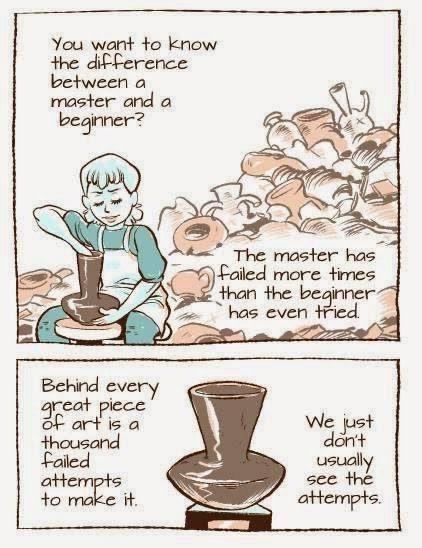
useful links
There are A LOT of online resources across the web and social media such as Facebook and social media. So much it can be overwhelming so we have curated some useful resources to help you. The list below includes introductory YouTube videos and links. You can also explore pottery groups on Facebook, Pinterest and Instagram from beginners to advanced, for handbuilding and wheelthrowing, on glzemaking, commercial glaze brands and glaze combinations, underglazes, wild clay, and more! Happy surfing!
It's getting hot in here!
When you’re new to pottery we can understand there’s so much to take in, and you generally only get to learn the basics in class. So we’re here to help…
Learning about firing temperatures for your clay pieces and which temperatures go with which glazes can be confusing.
You may have seen the word “Cone“. This term applies to Pyrometric cones used to measure heatwork in a kiln firing.
But mostly, you may have also seen the word “Cone” on Glaze labels…this would refer to the temperature the glaze fires to/or can go to.
It’s important to fire to the suggested temperature range/cone number, as this will give you the optimum glaze results. If in doubt, ask someone. Most labels state a firing range, but some will say the cone temperature recommended for that glaze… READ THE LABEL!
At RPG we refer to three levels of firing:
- High Fire or Stoneware e.g., cone 8 – 11
- Mid-fire e.g., cone 4 – 7
- Low fire or Earthenware e.g. around cone 05, 06
Also, don’t get confused with Cone 06 and Cone 6…they are different temperatures!
Check out the charts for more info.
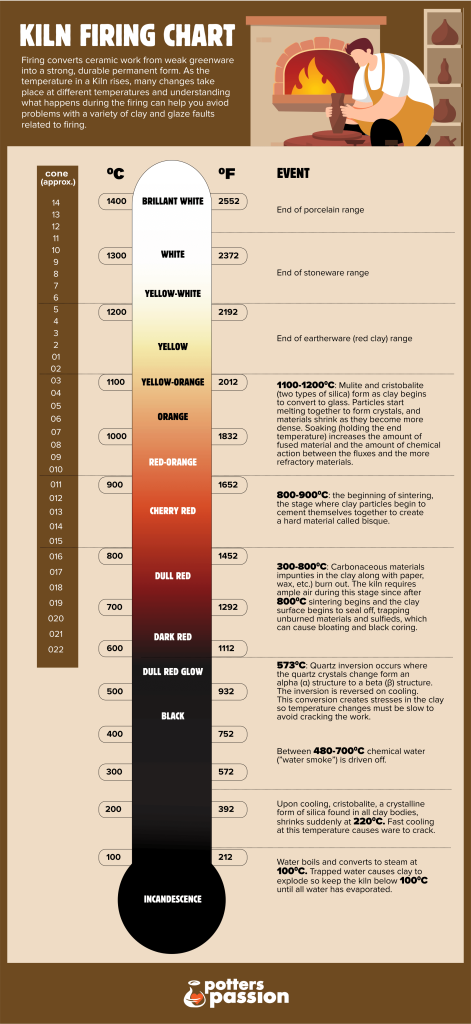
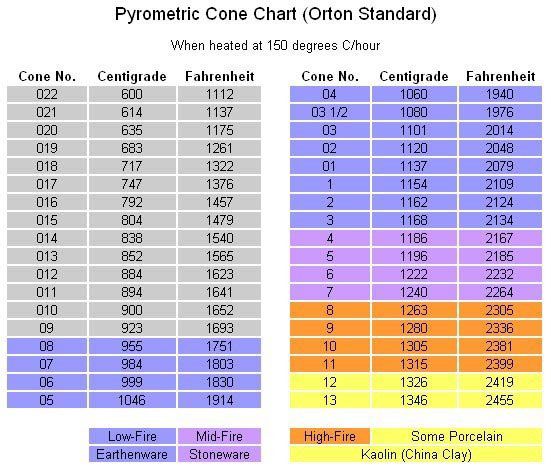
Here is another Pyrometric Chart to help you.
Your can find out more about firing temperatures with these helpful links:
more useful links...
If you want to start learning at home, or you have started classes and want to learn more there is A LOT of pottery information on You Tube, Pinterest, Facebook and Instagram. There are a lot of links here to support people at different levels of ability and interest – from beginners to advanced potters. Find the best ones that suit you and explore new options for yourself. Look for online groups e.g., Facebook or Pinterest which centre around your interests. We will keep adding periodically. Happy Pottering!
Handbuilding
- Essential Tools for Handbuilding! – YouTube
- 8 Unusual Pottery Tools I use Every Day // My Pottery Tool Kit – YouTube
- Wedging – YouTube
- Basics of Ceramic Handbuilding: Pinchpot, Coiling & Slab Building – YouTube
- How to Make a Slab Box – YouTube
- How to Make Easy Coil Pots – YouTube
- Hand Building Pottery – 4 Easy Techniques (thepotterywheel.com)
- How to Make a Pinch Pot | Step by Step Clay Tutorial – YouTube
- Using Slip and Score to Join Clay – YouTube
- 2 ways to make ceramic spoons + spoon glazing tips – YouTube
- How to Make a Thumbprint Tumbler // Core Skills Ep. 1 – YouTube
- Ceramic Arts Network – YouTube
Wheel throwing
- Ceramic Arts Network – YouTube
- Beginners guide to basic pottery tools – YouTube
- Tim See: Clay Choice, Wedging and Set Up – YouTube
- How to Center Clay — A Beginner’s Guide – YouTube
- How to Center Clay on The Wheel Easy A 5 Step Beginners Guide – YouTube
- Ceramics for Beginners: Wheel Throwing – Trimming a Bowl with Emily Reason – YouTube
- How to Trim Pots — Tips and Tricks — A Beginner’s Guide – YouTube
- Trimming For Beginners + Tap Centering Trick – YouTube
- 10 Great Foot Ideas for Pottery! – YouTube
- Trimming a Bowl – YouTube
- The Clay Lady on Facebook and The Clay Lady on YouTube
Underglazing, glazing and decorative Techniques
- Basics of Ceramic Glazing: Types & Techniques – YouTube
- Pottery Top Tip (PART 1): Explaining the Difference between Slip, Underglaze and Glaze (see Part 2!) – YouTube
- Pottery Top Tip (PART 2): Explaining the Differences between Slip, Underglaze and Glaze – YouTube
- Mikkel deMib – Pottery Tips – YouTube
- Basics of Ceramic Glazing: Types & Techniques – YouTube
- Pottery Top Tip (PART 1): Explaining the Difference between Slip, Underglaze and Glaze (see Part 2!) – YouTube
- Pottery Top Tip (PART 2): Explaining the Differences between Slip, Underglaze and Glaze – YouTube
- Mikkel deMib – Pottery Tips – YouTube

